Hearing numerous freedom fighters on X yesterday repeating the same refrain—ivermectin good, shots bad and being bombarded by ivermectin selling bots—felt as grating as nails on a chalkboard.
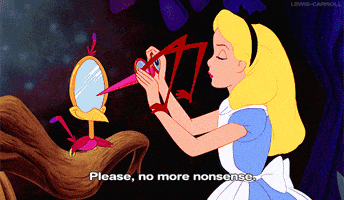
Meanwhile, two names kept echoing in my mind, refusing to quiet down: Robert McNamara and the Cosmos Club.

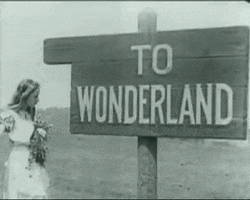
Within seconds of diving into these two topics, I found myself pulled into a rabbit hole that consumed hours and led me to places I never anticipated. Now, I’m completely blown away—speechless, really.
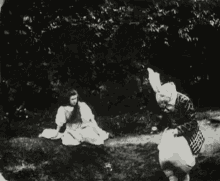
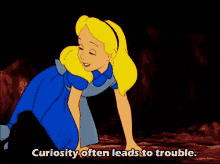


Robert McNamara epitomizes a kind of polished, calculated evil that doesn’t need a mustache to twirl. His career, alongside others tied to the Department of Defense and global organizations claiming to protect peace, love, and the planet, is a study in destruction disguised as virtue. McNamara didn’t just advocate for depopulation—he seems to have made it part of his operating manual.

Take Vietnam, for instance. Not content with pushing a catastrophic war, he authorized sending mentally disabled individuals to fight, also known as McNamara’s Morons or Operation 100,000, knowing they’d die at disproportionate rates.
Then there were his chemical weapons experiments, including Project SHAD, which exposed military personnel to harmful agents under the pretense of “testing.” And, of course, the infamous Agent Orange campaign—millions sprayed, lives destroyed, and the environment left scarred for generations.
And then we get to the Mectizan program, where Merck and McNamara former President of the World Bank, made their next move. After years of dousing impoverished communities in pesticides, causing untold health issues, they conveniently blamed “germs” and offered ivermectin (or Mectizan) as the “solution”.


It has been handed out for free, pushed relentlessly, and hailed as a public health victory on these impoverished areas (which happen to have tons of natural resources but anywhooooo… look away). #philanthropy #globalhealth #wecandothis

But when you’re dealing with people like McNamara, you have to wonder—what was the real agenda? They promoted it with the same fervor as their vaccine campaigns, and history tells us that’s rarely good news for the people on the receiving end.

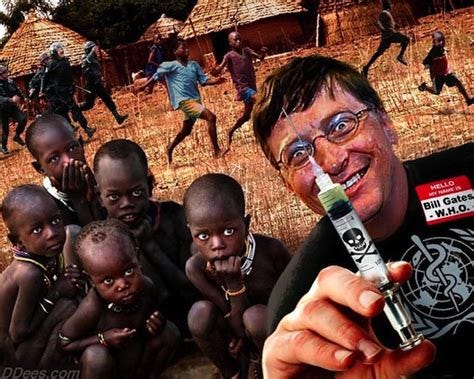
So no, I’m not joining the ivermectin fan club. The same crowd that sprayed Agent Orange and sent soldiers to chemical weapon trials on purpose isn’t exactly my idea of trustworthy. Thanks, but I’ll pass.

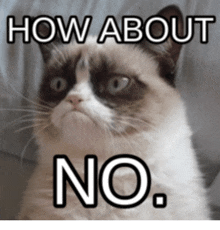
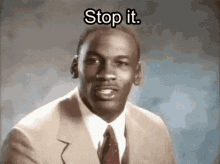

But what is the Cosmos Club? And why was someone like Robert McNamara from the Department of Defense and World Bank a member?

What is the Cosmos Club Exactly?
The Cosmos Club, which is largely said to have been founded in 1878 by explorer John Wesley Powell after his Grand Canyon expeditions.
It is a mysterious and exclusive private society in Washington, D.C. Presented as a hub for advancing science, literature, and art, its true influence extends far beyond these lofty goals.
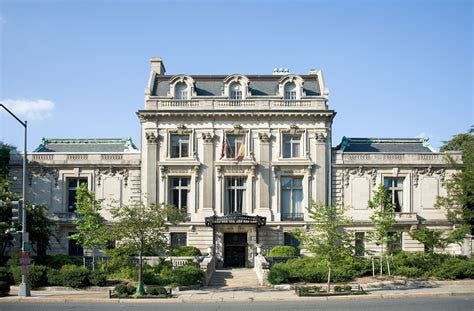
History
According to one history, Clarence Edward Dutton originally had the idea for a social club for men of science, and shared his idea with Major John Wesley Powell. On November 16, 1878, a group of men met at Powell's home at 910 M Street, Washington, D.C., and discussed their mutual interest in creating what began the Cosmos Club. There are no minutes or attendance records from the organizational meeting. However, oral history says twelve attended the meeting. Ten signed the articles of incorporation three weeks later, and Powell was selected as the club's temporary president. The original incorporators included:
Clarence Edward Dutton, geologist and Army officer
Frederick Miller Endlich, chemist and geologist
Henry Gannett, geographer
Theodore Nicholas Gill, zoologist
William Harkness, astronomer and mathematician
Edward Singleton Holden, astronomer and mathematician
Garrick Mallory, ethnologist and Army officer
William Manuel Mew, physician and chemist
John Wesley Powell, geologist, anthropologist, explorer, and Army officer
James Clarke Welling, journalist and educator
According to the articles of incorporation, "The particular objects and business of this association are the advancement of its members in science, literature and art, their mutual improvement by social intercourse, the acquisition and maintenance of a library, and the collection and care of materials and appliances related to the above subjects."
The ten incorporators met again on January 6, 1879. They approved bylaws, regulations, and rules, and also elected Powell as the official president. They approved sixty individuals as Founders; many of these were existing members of the Philosophical Society of Washington which the group feared, was considering creating its own social club. The cost to join was $25, slightly over $700 in today's money. The annual dues were set at $20 for residents and $10 for non-residents.
The original bylaws of the Cosmos Club had the following policy: "Membership in the Club was restricted by high qualification requirements and candidates were admitted only if they (1) had performed meritorious original work in science, literature, or the fine arts; (2) though not occupied in science, literature, or the fine arts, were well known to be cultivated in a special department thereof; and (3) were recognized as distinguished in a learned profession or in public service."
According to its website, election to membership in the Cosmos Club honors those deemed to have "done meritorious original work in science, literature, or the arts, or...recognized as distinguished in a learned profession or in public service".
Originally attracting geologists, astronomers, and other scientifically minded men, the club’s membership evolved to include three U.S. presidents, senior political and government officials, Nobel and Pulitzer Prize winners and recipients of the Presidential Medal of Freedom, the Central Intelligence Agency, and much more.
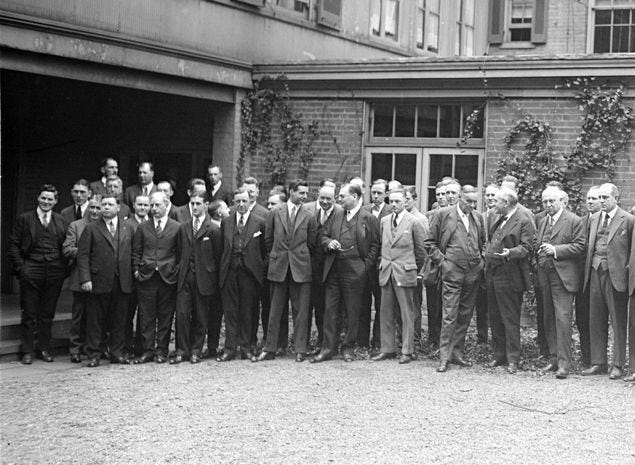
With lavish homes like the Dolley Madison House (more on this later) and Townsend House, this elite group has seemingly shaped history, science, geography, and beyond. What role has the Cosmos Club played in suppressing knowledge and controlling narratives? Who are these people and what are they really hiding?
By its 25th anniversary in 1903, the Cosmos Club had grown from 12 to 567 members, including residents—who lived in Washington D.C., a separate federal district with unique political status—and non-residents. By 2017, membership had swelled to over 3,000, all sharing one common trait: intellectual top secret elite status (here is an incomplete list of some known members).
In 1904, president William Henry Holmes organized the club into 11 categories—science, writers, artists, doctors, lawyers, military, educators, preachers, bankers, architects, and government officials. These divisions were not merely for distinction but to solidify control over key sectors. What appeared to be a gathering of intellectuals was, and still is, a hidden network influencing society from behind the scenes. The membership list today is top secret and it is only one’s guess who is a part of this club today…
A Brief History of the Cosmos Club
The Cosmos Club was founded in 1878 in the home of the visionary Civil War soldier, Grand Canyon explorer and scientist John Wesley Powell. Powell and the other original members envisioned the club, located in the nation’s capital, as a nexus of thought and action. In a time of great change, the federal government was expanding its role in areas where the applied sciences had greater relevance. The Club’s founding members were a group of men with strong scientific backgrounds, an interest in public service and an affinity for the exchange of ideas. The Club was born of an impulse to harness science and technology to the growth of post-Civil War America. In addition, the Club served as the founding venue for important institutions such as the National Geographic Society, the Wilderness Society and the Washington Academy of the Sciences. In 1943 on the 65th anniversary of the Club’s founding, Waldo Clifford Leland, influential in the establishment the National Archives, said “the Cosmos Club provides the place, the occasion, and the opportunity for that informal meeting of minds . . . The most fruitful [such meetings] …must take place in an atmosphere conducive to free exchange of views …where many intellectual roads cross and where ideas of the most different sorts will encounter each other. Such a place is the Cosmos Club.” Indeed. The impulse for public service still animates the Club and it has adapted to the profound changes in our society since 1878. In particular, racial and gender barriers for membership were broken in the mid-twentieth century, but not without controversy. The first African American member was admitted in 1962 and the first women in 1988. The Club’s membership today consists of men and women from many disciplines and backgrounds, including the law, public service, the arts and literature, as well as from science, mathematics and engineering. Over the years, many prominent Americans have been members, including three U.S. presidents, senior political and government officials, Nobel and Pulitzer Prize winners and recipients of the Presidential Medal of Freedom. A few years after its founding, the Club was headquartered in the former Dolly Madison home on Lafayette Square near the White House. In 1950 the Club purchased and renovated the Townsend mansion on Massachusetts Avenue, its current headquarters. Today this venue, on the National Register of Historic Places and designated as a District of Columbia landmark, allows groups of members to meet in large and small dining rooms, two casual bars, and small meeting rooms. In addition, sleeping accommodations are available for visiting members and guests. A core feature of the Club is its twenty subject-matter standing committees which engage some 300 members annually in service to the Club. The committees, along with groups and tables, offer members participation in discussions on subjects as varied as astronomy, American history, architecture, engineering, the Civil War, international relations, personal investments, chess and Shakespeare. They stimulate serious discussion on topics of importance and interest led by knowledgeable and curious members. The impressive array of intellectual and cultural programs includes musical concerts, lectures, art exhibitions, language tables and affinity groups. The Club’s history provides a strong foundation for addressing critical issues of our own time from climate change to domestic reconciliation. The tradition of civil dialogue and informed discussion across disciplines is a key element of our nation’s—and the Club’s—future success.
For additional information on the Cosmos Club’s history, see: Washburn, Wilcomb E. The Cosmos Club of Washington: A Centennial History 1878-1978, Published by the Cosmos Club, Washington, DC, 1978, and Beginning the Second Century 1979-1994. Available in the Club library.
But back to Powell—his expeditions raise questions that go beyond the official narrative. While Powell’s 1869 journey through the Grand Canyon was framed as a sponsored geographic and scientific survey, the full purpose of his mission remains unclear.
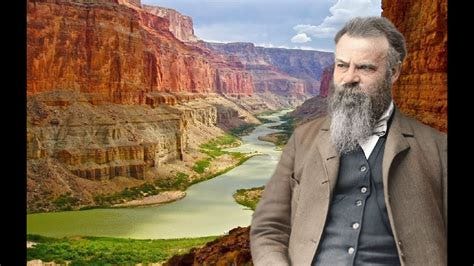
Officially, Powell was tasked with mapping the unexplored western territories, assessing their resources, and providing recommendations for water management in the arid West. The expeditions were supported by the Smithsonian Institution and funded by Congress, aligning with federal interests in expanding and controlling the American frontier.
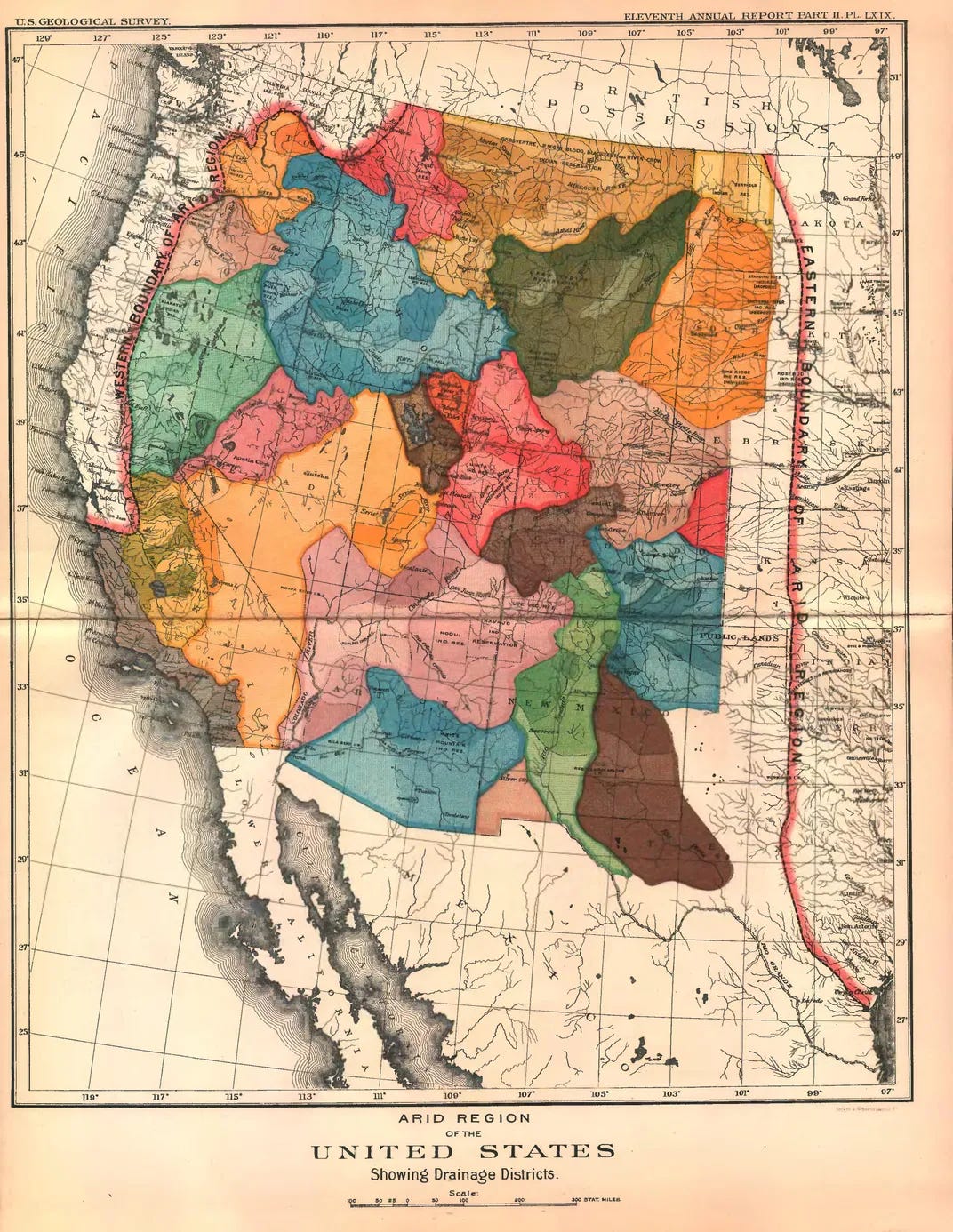
However, what were they really looking for out there? Powell’s accounts of the expedition, while detailed, leave room for speculation about what he might have discovered but left unreported. Over the years, whispers have emerged of ancient structures, unexplained artifacts, and evidence of lost civilizations hidden deep within the Grand Canyon—findings that don’t fit neatly into the accepted narrative of history. Decades later, the story of G.E. Kincaid and his so-called cave filled with unusual relics added fuel to the fire. Allegedly uncovered in the Grand Canyon and connected to the Smithsonian, Kincaid’s findings were swiftly dismissed, leaving many to wonder whether a deliberate cover-up had occurred. The area where these discoveries are said to have taken place remains heavily restricted and off-limits to the public to this day, guarded and inaccessible.
Adding to the intrigue, Powell founded the Cosmos Club in Washington, D.C., just nine years after his Grand Canyon expedition. The club, originally intended as a gathering place for intellectual elites in science, art, and literature, has often been viewed as a shadowy network of influence. Could the founding of the Cosmos Club signal an effort to consolidate control over knowledge and narratives uncovered during his expeditions?
Powell’s work with the Smithsonian, his government ties, and his leadership in scientific circles suggest his role wasn’t limited to exploration—it was also about shaping the story of what was found and, perhaps, what was deliberately kept hidden. Not just in the Grand Canyon…but all over the world.
With restricted areas in the Grand Canyon still shrouded in mystery, can we truly believe the official narrative? Or is there more to Powell’s expeditions—and the institutions he helped build—than we’ve been allowed to know?
The Cosmos Club, founded in 1878, attracted influential figures in fields like cartography and geology, some of whom might have been involved in suppressing knowledge about ancient discoveries in the U.S., like the mysterious Kincaid's Cave in the Grand Canyon. Interestingly, many organizations were founded at the Cosmos Club, including the National Geographic Society in 1888, The Wilderness Society in 1935, and the Washington Academy of Sciences. The American Institute of Physics also formed at the Cosmos Club on May 3, 1931.
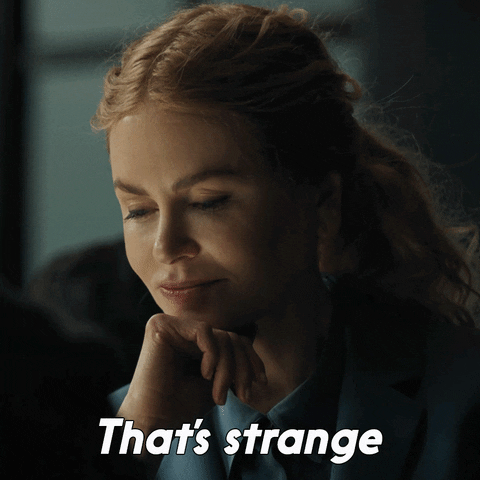
The Hoover Dam and Lake Powell have been linked to theories that such structures might conceal ancient secrets. The construction of these dams is seen by some as an effort to flood or divert attention from important findings. Freemasonic and Illuminati symbols found in these landmarks are often cited as evidence of secret societies hiding knowledge.
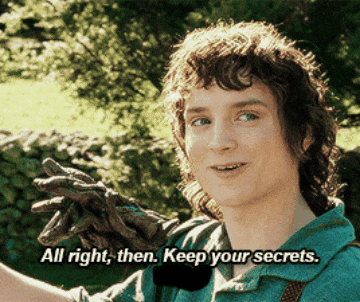
Similar theories surround places like Antarctica and other areas around the globe, where old maps and speculated lost civilizations are thought to have been erased by powerful groups. These conspiracies suggest that influential individuals, possibly connected to secret societies, have worked to control and manipulate historical and geographical knowledge to maintain power.
Sound familiar Arizona? 🤔🤔🤔
It's reassuring that respected institutions like the Smithsonian and National Geographic are still actively exploring these remote regions. They're often seen as reliable sources, right? These organizations regularly conduct expeditions to places like Antarctica, studying everything from ancient ecosystems to geological anomalies. Yet, some wonder if their research is purely academic, or if there’s a deeper, less transparent agenda behind these explorations—especially when it comes to uncovering hidden truths that could challenge established historical narratives.
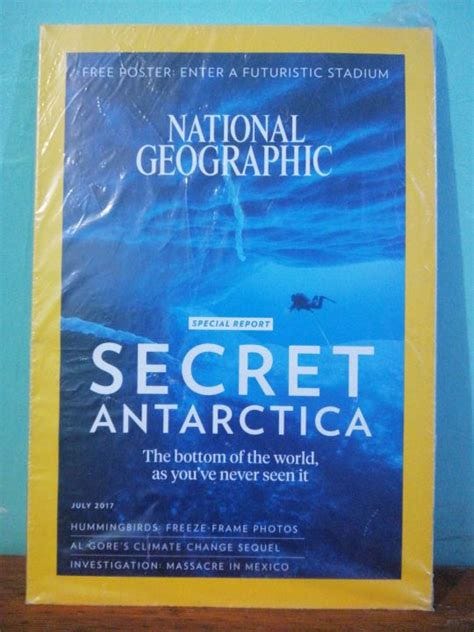
Here’s where things take an intriguing turn... if they weren’t already fascinating enough. Recall the Dolley Madison House, that yellow building on the corner of H Street and Madison Place, located in "The President’s Neighborhood" near Lafayette Square and the White House. Well, in 1886, the Cosmos Club bought the residence and made significant changes. They transformed the central doorway facing H Street into a large bay window and redesigned the interior to include a reading room, parlor, assembly room, billiard room, card room, and chess rooms. The club celebrated the renovations with a formal reception for about 700 guests in February 1894. In 1940, the federal government bought the house from the club for $1 million (which I am guessing was taxpayer money) to expand the Treasury Department but leased it back to the Cosmos Club for the next 12 years due to a “lack of funds for new construction”.
After the Cosmos Club moved to Massachusetts Avenue in 1952, commonly known as "The Little White House" at 1520 H Street, NW, in Washington, DC, the Dolley Madison House was repurposed for government offices, including the headquarters for the National Aeronautics and Space Administration (NASA). That’s right. NASA. The Dolly Madison House served as NASA Headquarters from 1958 until October 1961.
After the club moved out, the Dolley Madison House hosted two federal agencies: the National Science Foundation, from 1952 to 1958, and the National Aeronautics and Space Administration, from 1958 until 1964. In April 1959, NASA presented its first class of astronauts, known as the Mercury 7, to the world in the assembly room built by the Cosmos Club on the south side of the house.

Several members of the Mercury 7 astronauts, including Wally Schirra and Alan Shepard, were tied to the Cosmos Club, a powerful organization that connected elites in science, politics, and the military. The club seems to have played a central role in shaping the fraud of U.S. space exploration, with deep ties to secret societies and the military-industrial complex. However, the reality of space exploration, particularly NASA’s achievements, reveals a far more dubious agenda.
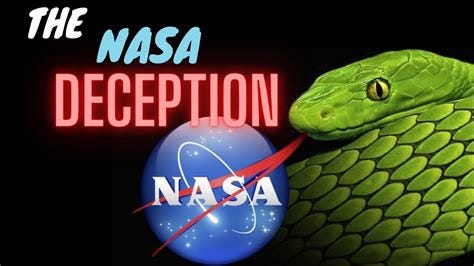
The story of space exploration, particularly the U.S. space program, is laced with layers of intrigue and deception. While the achievements of NASA, like the supposed moon landing, are often lauded as monumental, a growing body of evidence suggests that much of what we’ve been told may not be as it seems.

Behind the glitzy veneer of space exploration, there are powerful figures who helped shape the narrative, including members of the elite Cosmos Club, whose ties to intelligence agencies, military, and secret societies only add to the mystery.
John McCloy and Robert McNamara, both former presidents of the World Bank, were key figures in shaping U.S. policy. McCloy, influential in the Council on Foreign Relations, helped create many of today’s military and intelligence agencies, while McNamara, a known Cosmos Club member, advanced the military complex and their public-private “stakeholders”.
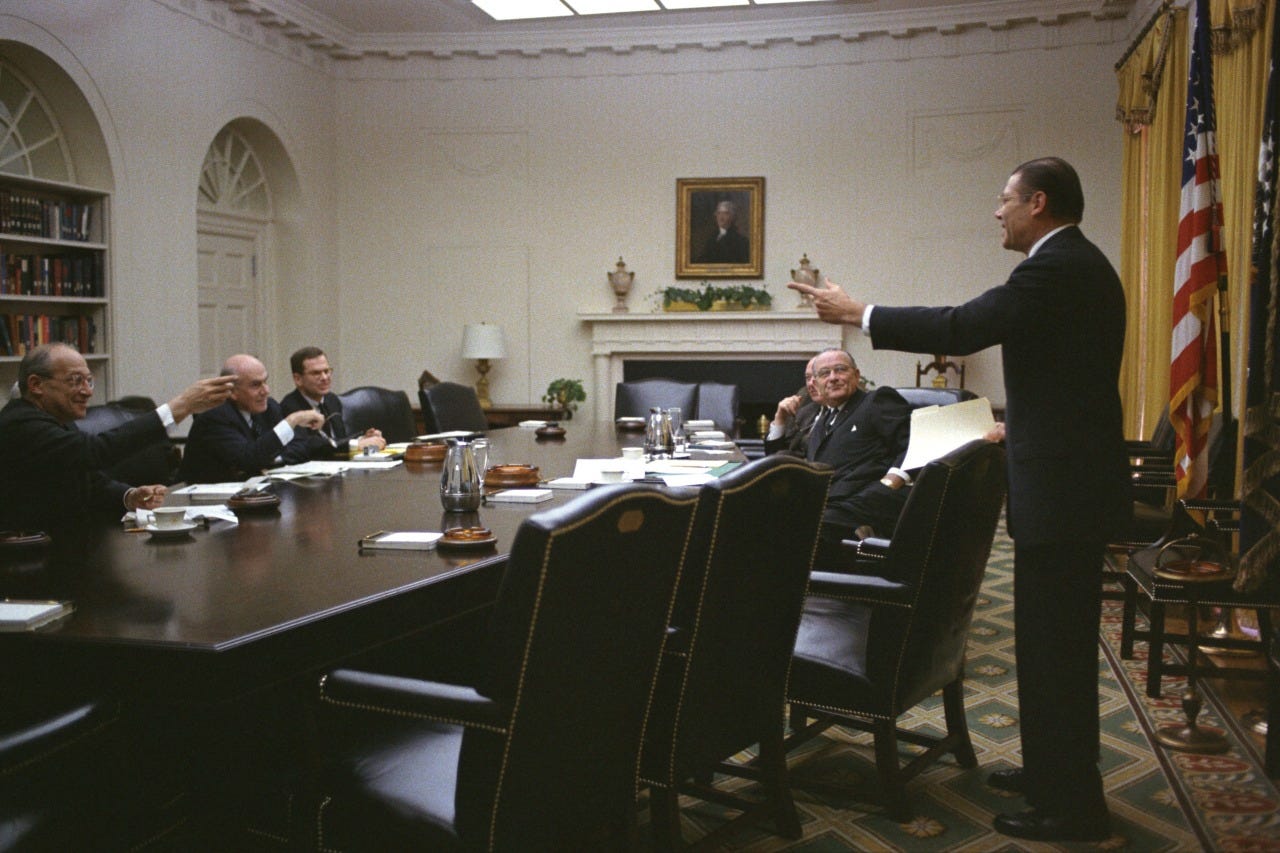
McCloy’s connection to Operation Paperclip, which included him pardoning Nazi war criminals, brought former Nazi scientists to the U.S., contributing to NASA’s rocket technology. Both were part of a broader elite network and their secretive programs to serve geopolitical and financial interests, helping perpetuate a fraud including using space exploration to manipulate global narratives and maintain power, rather than genuinely advancing scientific discovery.
One such figure from Operation Paperclip is Wernher von Braun, the famed NASA rocket scientist who was brought to the United States as part of Operation Paperclip. This covert operation, orchestrated by U.S. intelligence after World War II, smuggled former Nazi scientists into the U.S. to work on military and space programs. Von Braun, once a member of the Nazi party, became one of NASA’s most celebrated figures, but his dark past is often glossed over.
What’s even more curious is his connection to Walt Disney, a man also involved in perpetuating the grand illusion of space. Disney’s "Tomorrowland" and other projects were instrumental in shaping the public’s perception of space, aligning perfectly with NASA’s agenda. Disney’s relationship with NASA wasn’t merely promotional; he collaborated closely with the space agency to produce films that glorified space exploration, masking the underlying fraud with a veneer of wonder and progress.
But the story goes even deeper. NASA didn’t start as the agency we know today. It was preceded by NACA (National Advisory Committee for Aeronautics), founded in 1915, which was supposedly focused on aeronautical research. NACA had many of the same goals—advancing aviation technology and ensuring U.S. dominance in aerospace—but it was a much more limited, practical entity. However, in the early 1950s, with the onset of the Cold War and the Soviet Union’s advancements in space, NACA was restructured and became NASA in 1958. The change in name and scope marked a transition from purely scientific aeronautical research to the ambitious, far-reaching goals of space exploration. NASA’s transformation was not merely a response to global competition; it was also about establishing the U.S. as the world leader in space, at a time when geopolitical power and technological dominance were tightly linked.
NASA, often portrayed as a monumental achievement, is deeply intertwined with deception. The moon landing, for instance, is widely believed to have been staged. Director Stanley Kubrick, who was rumored to have filmed the fake moon landing, was connected to high-level Hollywood figures, some of whom had ties to elite networks.
Kubrick's 1968 film 2001: A Space Odyssey contained imagery that many interpret as references to the faked moon landing, further supporting the theory that NASA’s space exploration efforts were fabricated.
The Cosmos Club, known for its connections to elite secret society figures in politics, military, and intelligence, has long been a gathering place for influential individuals tied to secretive operations, including the CIA. Many of its members, with roles in shaping U.S. policies, have been involved in questionable activities, including the manipulation of public knowledge and the suppression of truths related to space exploration, military operations, and geopolitical agendas. The club’s secretive nature raises concerns about the extent to which these elites have orchestrated and covered up critical events in history.

Many meetings regarding official government business and intelligence operations seem to have and continue to take place at this secretive “gentleman’s club.”

Washington D.C., being a unique district separate from the United States, is not bound by the same laws and governance as the states, making it a fertile ground for secretive operations and power consolidation. The capital's status allows organizations like the Cosmos Club and others to operate without the scrutiny of the public, shielded from the transparency required in other parts of the country. This has created a situation where powerful individuals and groups can pursue hidden agendas with little accountability, often at the expense of the public.
Washington D.C.'s unique status as a federal district—not part of any state—has raised concerns about whether certain entities, government officials, and organizations can operate with less oversight or accountability compared to other parts of the U.S. Here's why some believe things can "fly under the radar" in D.C.:
Federal Oversight and Autonomy Loopholes:
While local laws apply to residents, federal agencies, politicians, and other powerful organizations based in D.C. often operate with a level of autonomy that is rarely scrutinized by the general public. This can create an environment where actions—both legal and questionable—receive less direct oversight.Diplomatic Immunity:
D.C. is home to numerous embassies and foreign diplomats who enjoy immunity under international law. This can allow individuals to avoid prosecution for certain crimes unless their home country waives immunity.Secrecy and Confidentiality:
D.C. is the hub of federal government operations, intelligence agencies, and secretive organizations. Many activities are shielded from public scrutiny under claims of "national security," making it difficult to hold officials or agencies accountable.Powerful Clubs and Networks:
Exclusive organizations like the Cosmos Club, think tanks, lobbying firms, and political action committees wield significant influence in D.C. These groups often operate with little transparency, raising questions about their agendas and the extent of their control over policy and decision-making.Legal Protections for Politicians and Agencies:
Federal politicians and agencies in D.C. are often protected by laws or policies that make it difficult to prosecute them for certain actions. For example, members of Congress enjoy certain immunities while performing their official duties, which could shield them from consequences that an ordinary person might face.Non-State Status:
Since D.C. is not a state, its governance falls under Congress's jurisdiction, and this dual oversight sometimes leads to ambiguous accountability. Some argue this creates loopholes where federal and local governments can pass blame back and forth, leaving issues unresolved.Lobbying and Influence:
D.C. is the epicenter of lobbying in the U.S., with special interest groups influencing policy decisions behind closed doors. This kind of influence can lead to decisions that benefit powerful individuals or organizations, sometimes at the expense of transparency or fairness.
While laws are supposedly still enforced in D.C., the concentration of power, influence, and secrecy in the capital has created an environment where certain actions might go unnoticed or unpunished—raising ongoing questions about fairness, accountability, legality, and equality under the law.
These secretive networks, including the Cosmos Club, seem to have been involved in covering up various historical events, from our true history and geography, military operations and the true nature of space exploration amongst many other things, and have likely harmed countless individuals in the process. The lack of transparency surrounding these clubs raises fundamental questions about what they are truly hiding—whether it's about controlling the flow of information, maintaining global power structures, or suppressing vital truths that could shift our understanding of history, science, and society.
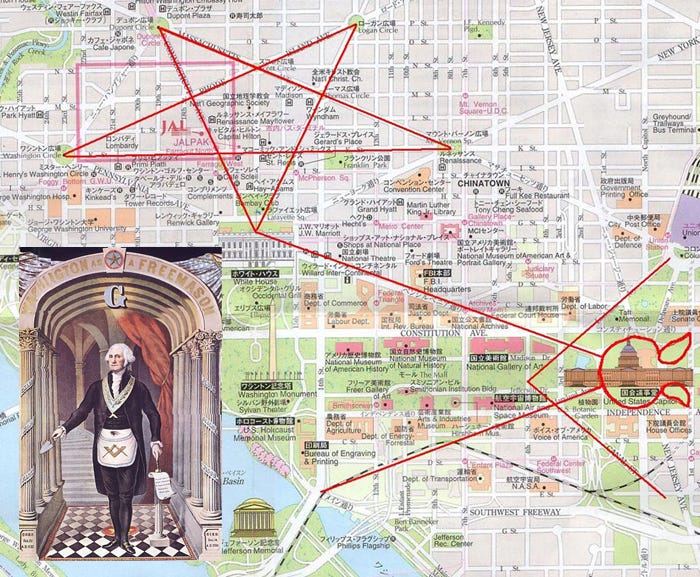
The unchecked influence of these elites remains one of the most dangerous and persistent threats to the integrity of public knowledge, our country and accountability. Who are the current members or individuals with connections to the Cosmos Club? What activities have they been involved in since the club was started? How many were linked to the COVID-19 narrative? Why are these groups allowed to function with such secrecy and unchecked powers?
Since 1887, the Philosophical Society of Washington, also known as PSW Science, meets at the assembly hall of the Cosmos Club, now called the John Wesley Powell auditorium in honor of John Wesley Powell. The Explorer's Club, the Geological Society of Washington, the Council on Foreign Relations, and the Washington Academy of Sciences also regularly met at the Cosmos Club. Other organizations that used the Cosmos Club's facilities include The Columbia Historical Society, now the Historical Society of Washington, D.C., the Cosmotographers (a camera club), the Friday Morning Music Club, and the Literary Society of Washington.


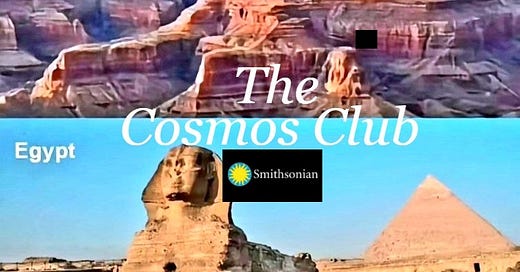




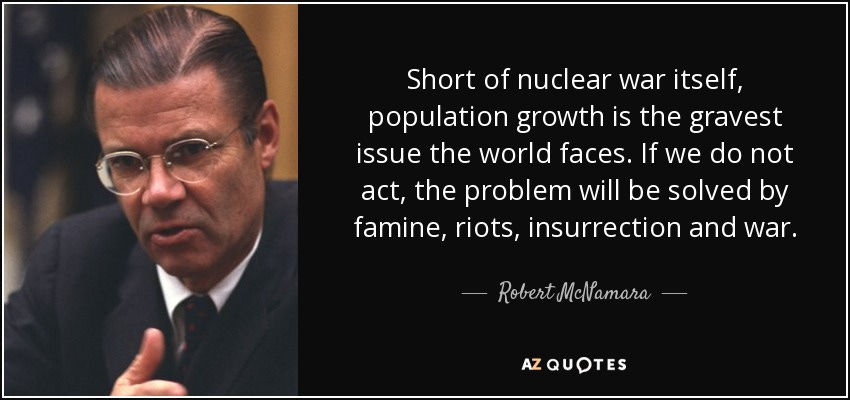

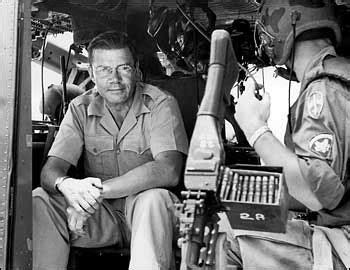

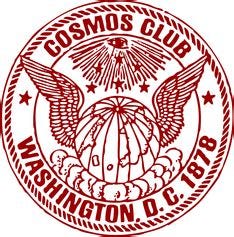
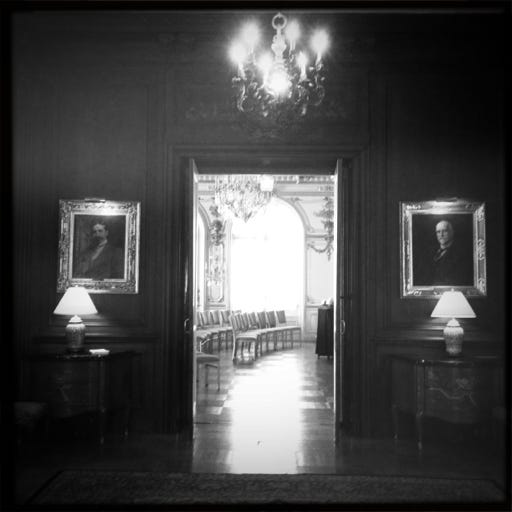

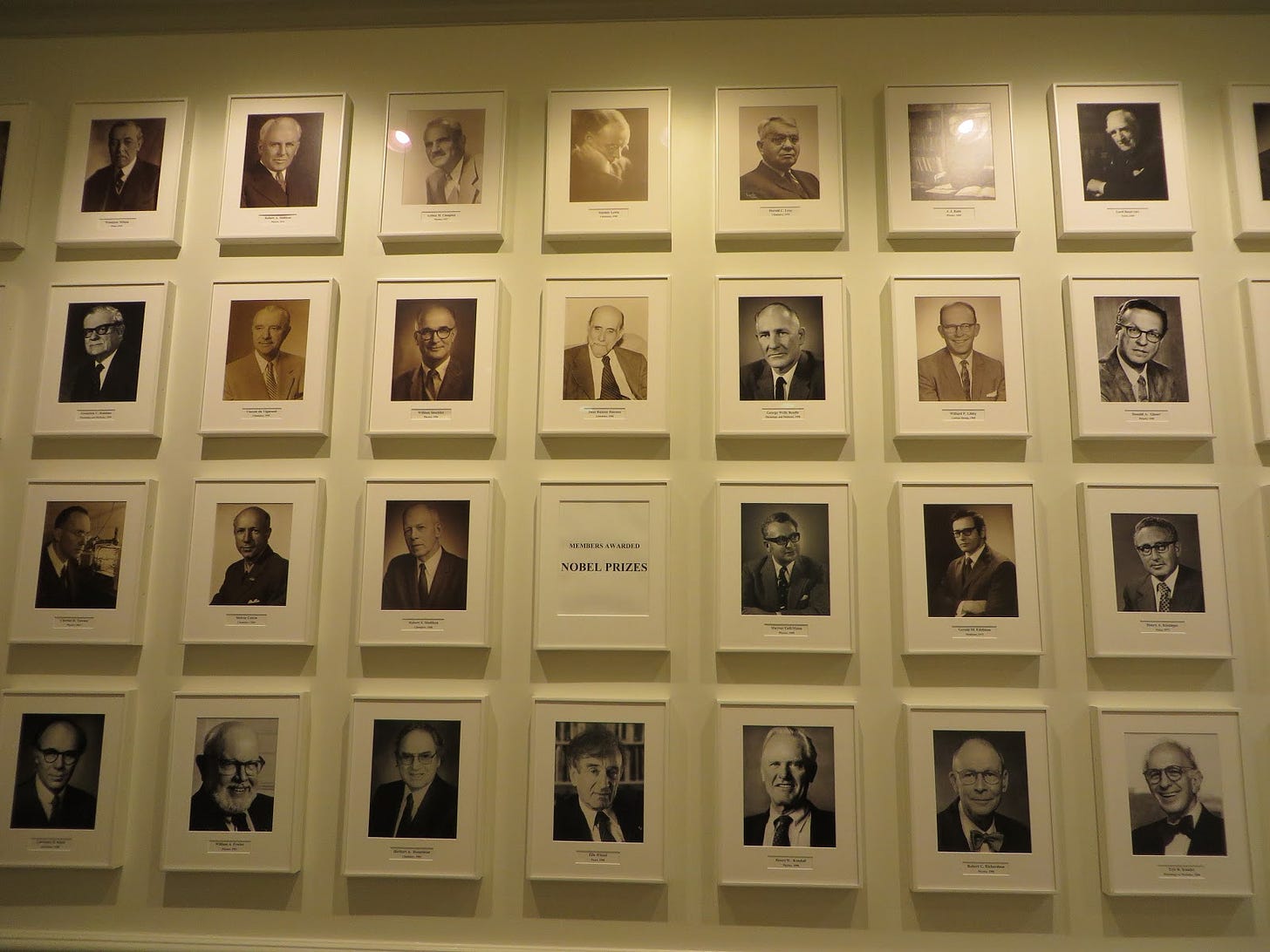


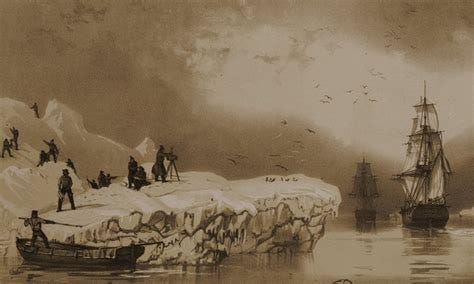

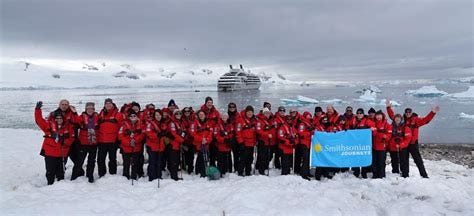





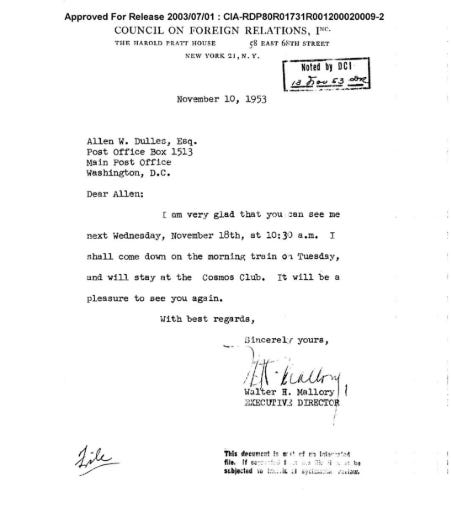
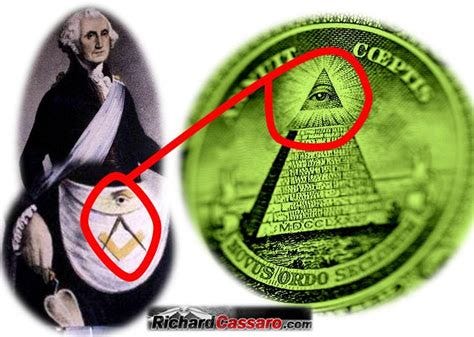
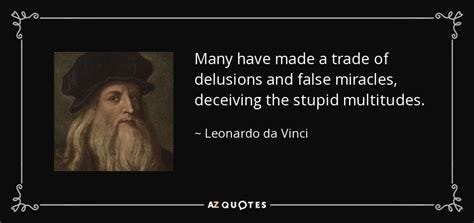
where is the list of current members?
Thanks Bo Betty,
Your research is vast, I only touched the surface here.
I'm happy to see you're delving into the NASA, Disney, Sci-Fi connection.
I'm particularly intrigued about 'Childhoods End' written by Clarke (who is tied to the aforementioned) since it was required reading when I was in junior high about 1969-70 era.
Have the feeling the powers wanted to implant into our subconscious that the devil is benevolent as well as believe the upcoming alien invasion is reality and not another govt. op like 'Project Bluebeam'.
The following just touches the surface about Bluebeam. Serge Monast dying at 51 adds intrigue as well.
It's always comical when respected journalists uncover truth the powers always do a 180 and pull out the crazy pill.
https://allthatsinteresting.com/project-blue-beam
One of my regrets is I didn't awaken 40 years sooner.